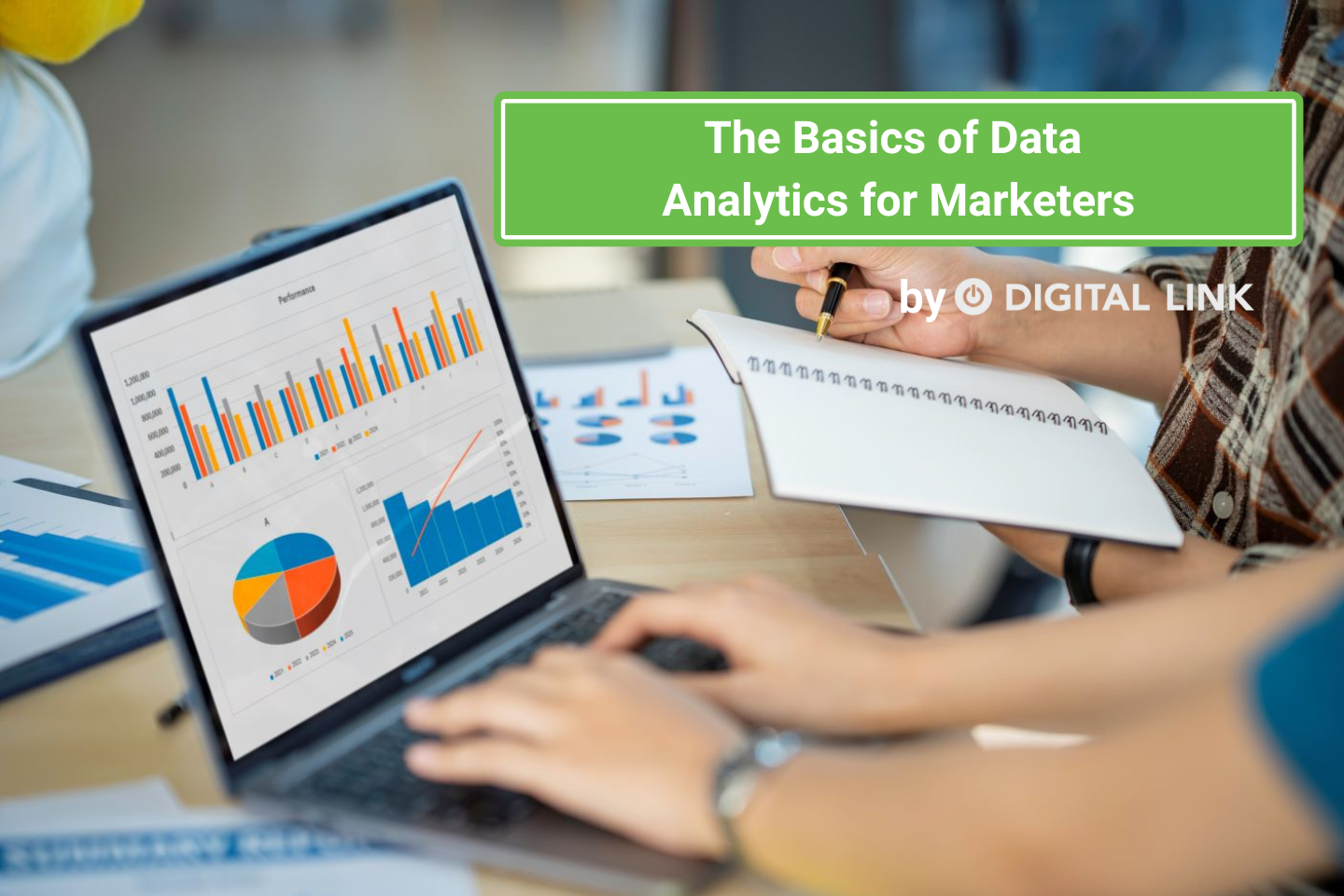
Data analytics has become an indispensable tool for marketers seeking to understand consumer behavior, optimize campaigns, and drive strategic decision-making. By analyzing data collected from various sources, marketers can uncover valuable insights into customer preferences, market trends, and the effectiveness of their marketing efforts. Here’s an introduction to the basics of data analytics for marketers, highlighting key concepts, methodologies, and applications.
Understanding Data Analytics
Data analytics involves collecting, processing, and analyzing data to extract actionable insights. For marketers, this means sifting through vast amounts of data from digital interactions, sales transactions, customer feedback, and more, to inform marketing strategies and improve customer experiences.
Types of Data Analytics
- Descriptive Analytics: This looks at past data to understand what happened and why. It involves metrics like website traffic, engagement rates, and sales figures to paint a picture of past performance.
- Diagnostic Analytics: Focuses on why something happened, using data to identify patterns and relationships. This might involve analyzing campaign data to understand factors contributing to its success or failure.
- Predictive Analytics: Uses historical data to forecast future outcomes. Marketers might use predictive analytics to anticipate customer behaviors, market trends, or the potential success of a marketing campaign.
- Prescriptive Analytics: Goes a step further by suggesting actions based on predictive analyses. It helps in decision-making by providing recommendations on how to take advantage of future opportunities or mitigate potential risks.
Key Data Analytics Methodologies
- Data Mining: Involves examining large datasets to discover patterns, correlations, and trends that can inform marketing strategies.
- Segmentation: Divides a market into distinct groups of customers with similar needs or characteristics for targeted marketing.
- A/B Testing: Compares two versions of a webpage, ad, or email to determine which one performs better, providing insights into consumer preferences.
- Customer Lifetime Value Analysis: Predicts the net profit attributed to the entire future relationship with a customer, helping in prioritizing marketing efforts.

Implementing Data Analytics in Marketing
- Set Clear Objectives: Before diving into data analytics, define what you want to achieve—whether it’s increasing sales, improving customer satisfaction, or enhancing campaign effectiveness.
- Collect and Integrate Data: Gather data from various sources, including website analytics, social media interactions, sales data, and customer surveys. Integrating this data into a centralized platform can provide a holistic view of your marketing performance.
- Analyze and Interpret Data: Use analytical tools and techniques to sift through the data and extract meaningful insights. Look for trends, patterns, and anomalies that could inform your marketing decisions.
- Apply Insights to Strategy: Translate your findings into actionable strategies. This could involve adjusting your marketing mix, refining target audiences, or personalizing customer communications.
- Measure and Optimize: Continuously monitor the results of your implemented strategies against your objectives. Use what you learn to refine your approach and optimize future marketing efforts.
Tools and Technologies
A wide range of tools and technologies can support data analytics in marketing, from Google Analytics and Adobe Analytics for website and digital campaign analysis to CRM platforms for customer data management and advanced software like SAS, Tableau, or R for in-depth statistical analysis.
Challenges and Considerations
While data analytics offers powerful insights, marketers must navigate challenges such as data privacy concerns, ensuring data quality, and the need for skilled personnel to analyze and interpret data effectively. Moreover, integrating data analytics into marketing strategies requires a balance between data-driven decision-making and creative intuition.
Data analytics provides marketers with critical insights that can enhance understanding of consumer behavior, optimize marketing efforts, and drive strategic decisions. By leveraging the right methodologies, tools, and technologies, marketers can unlock the full potential of their data, delivering more effective and efficient marketing outcomes.
Liked this article?
We are adding more useful articles to our blog every week! Join our subscribers to stay up to date on digital security, marketing, and social media trends.
By entering your email, you agree to receive our monthly newsletter. You can unsubscribe at any time!


